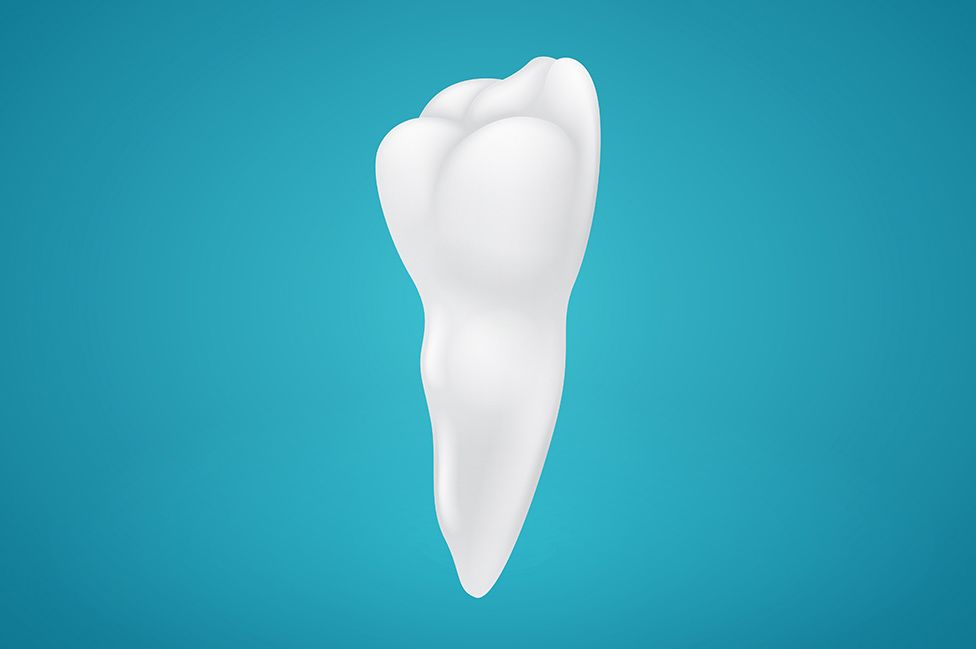Find Relief from Tooth Sensitivity and Exposed Roots
By John Rink DDS on August 12, 2016
 Tooth sensitivity can be a sign of a serious oral health problem, like enamel erosion, decay, or exposed roots. Restorative dentistry treatments are a great option for addressing the underlying causes of tooth sensitivity and improving oral health and appearance. To discuss your treatment options for tooth sensitivity and exposed roots, schedule a consultation with Charleston, SC dentist John Rink. In the meantime, learn more about tooth sensitivity and exposed roots in this overview.
Tooth sensitivity can be a sign of a serious oral health problem, like enamel erosion, decay, or exposed roots. Restorative dentistry treatments are a great option for addressing the underlying causes of tooth sensitivity and improving oral health and appearance. To discuss your treatment options for tooth sensitivity and exposed roots, schedule a consultation with Charleston, SC dentist John Rink. In the meantime, learn more about tooth sensitivity and exposed roots in this overview.
What Causes Exposed Tooth Roots?
Gum recession is the most common cause of exposed tooth roots. Gum recession is often the result of gum disease, or periodontal disease. As gum disease progresses, the gums pull away from the teeth. If left untreated, the gums may recede to a point where the tooth roots are exposed. As gum recession advances, tooth sensitivity generally increases as more areas of the teeth are exposed.
In addition to gum disease, exposed tooth roots may also be caused by aggressively brushing the teeth using too much pressure, a hard-bristled toothbrush, or both. In other cases, trauma to the gums may lead to exposed tooth roots.
Treatment for Tooth Sensitivity Caused by Exposed Roots
Treating tooth sensitivity caused by exposed roots generally requires professional dental intervention in the form of gum restoration, called a gum graft. Gum grafts are used to surgically replace lost gum tissue and restore oral health. There are different types of gum grafts available to address each patient's unique needs, including:
- Free gingival graft: A free gingival graft uses a small amount of tissue from the roof of the mouth. Once removed from the roof of the mouth, this tissue is placed over the exposed roots and stitched in place with the surrounding gum tissue.
- Connective-tissue graft: The connective-tissue graft also uses tissue from the roof of the mouth but differs from the free gingival graft in that a small flap is made, and folded back to reach the connective tissue. A small amount of connective tissue is then removed and the flap is closed. The harvested tissue is then placed over the exposed roots and stitched in place.
- Pedicle graft: The pedicle graft procedure uses tissue from the gums near the area requiring treatment. A small pedicle, or flap, is cut into the gum and then pulled over to cover the exposed root. The pedicle is then stitched in place.
Tips to Prevent Exposed Roots and Tooth Sensitivity
Practicing proper oral hygiene is one of the best ways to prevent gum disease and protect yourself from exposed roots and tooth sensitivity. Proper oral hygiene is a daily commitment but it only takes about a total of five to ten minutes a day. Good oral hygiene practices include brushing the teeth for a full two minutes at least twice a day and flossing at least once a day. To further reduce the risk of gum disease, try rinsing with an antiseptic mouthwash after brushing and flossing. In addition to brushing and flossing, you can prevent exposed tooth roots and tooth sensitivity by:
- Switching to a soft-bristled tooth brush and using light pressure to avoid aggressively brushing the teeth
- Avoiding foods and drinks high in sugar and acid levels, as these can increase sensitivity
- Using a sensitive formula toothpaste
- Scheduling dental exams and cleanings every six months
Find out Which Treatments Are Right for You
To find out which treatments are right for you, we welcome you to schedule a consultation with Dr. Rink today.

